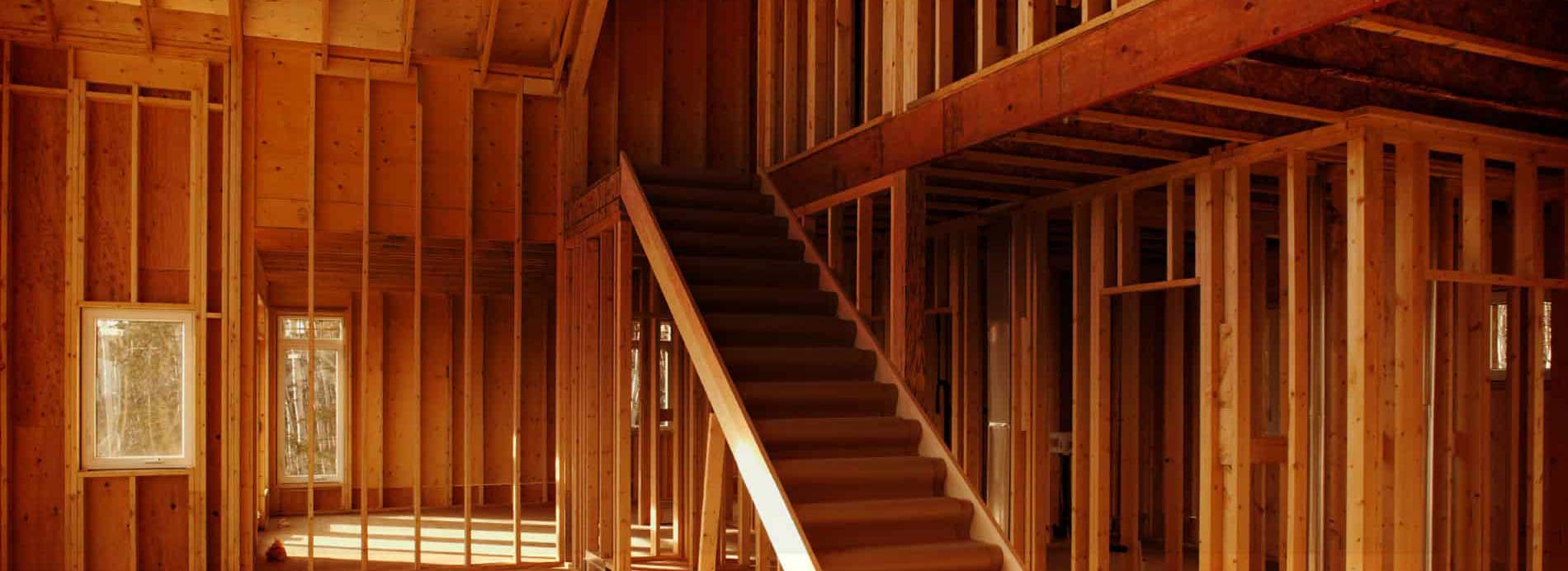As 2018 rushes by us, another autumn has arrived, which we know even without checking the calendar. Kids are back in school, days are getting shorter, and for many of us, the recently stifling air of summer now has a nip to it. Polls indicate that autumn (along with spring) is one of America’s favorite seasons, and it’s not hard to understand why. Trees turn red, orange and yellow, as if on fire. Every small town and big city is rooting for one football team or another to bring home a championship. Each pile of leaves is an invitation to a child for a frolic or an opportunity for an adult to reminisce about doing the same. Fall is the season of apple festivals, pumpkin pies, and candy corn, but the best aspect of the season might just be its holidays.
Columbus Day, the first on autumn’s calendar, has become controversial these days, but it remains a source of Italian-American pride and is an opportunity to teach young people about the good and bad aspects of the colonization of America by European explorers and settlers. Halloween is like a festival, with parties and costumes and candy galore. Every citizen who votes celebrates democracy on Election Day, and all Americans have an opportunity to honor those who have served our country on Veterans’ Day. But fall saves its most special holiday, Thanksgiving, for last.
Abraham Lincoln, in the midst of the Civil War, declared Thanksgiving Day to be a national holiday in 1863, and Franklin Delano Roosevelt moved the holiday to the fourth Thursday of November in 1939, but the American tradition of gathering with friends and as a community to give thanks dates back far earlier than these presidents. Indeed, when George Washington declared a day of thanksgiving for the end of the Revolutionary War in 1789 he was merely copying what colonial leaders had already been doing for more than a century. In 1621, the Plymouth Colony’s Governor William Bradford set aside a day on which the colonists would feast and give thanks for a successful corn harvest. He invited nearby friendly Native Americans to join in the celebration and thereby started a tradition that still survives.
The corn harvest for which the Plymouth colonists gave thanks was critical to the colony’s (and its inhabitants’) survival. Just as critical was the construction of homes during that first year so that the colonists could move from their crowded and unhealthy ship and be sheltered from the harsh New England winter. By that first Thanksgiving in Plymouth, the settlers had built seven homes and four additional buildings for the use of the group. These homes were small with thatched roofs, wood frames, clapboard siding and mostly dirt floors. They would not have satisfied modern codes in any respect, but they did the trick. They sheltered the colonists who had built them, gave them a place to feel secure and raise their families, and gave the colony a foothold from which it could thrive.
Home building was central to the establishment and growth of each colony in America. Every settlement grew — new home by new home, street by street, neighborhood by neighborhood — into towns and cities and states and finally into a great nation. Today America continues to grow, as it has for the nearly four centuries since that first Thanksgiving, home by home, street by street, and neighborhood by neighborhood, and we have America’s homebuilders to thank for that.
This Thanksgiving Americans will call to mind the many blessings that have been bestowed on us as we gather with our families over turkey and sweet potatoes and pie. Here at RWC, we are thankful for our builder members and the contribution they make to the continued growth and success of our great country.
Happy Thanksgiving, and have a great autumn!




